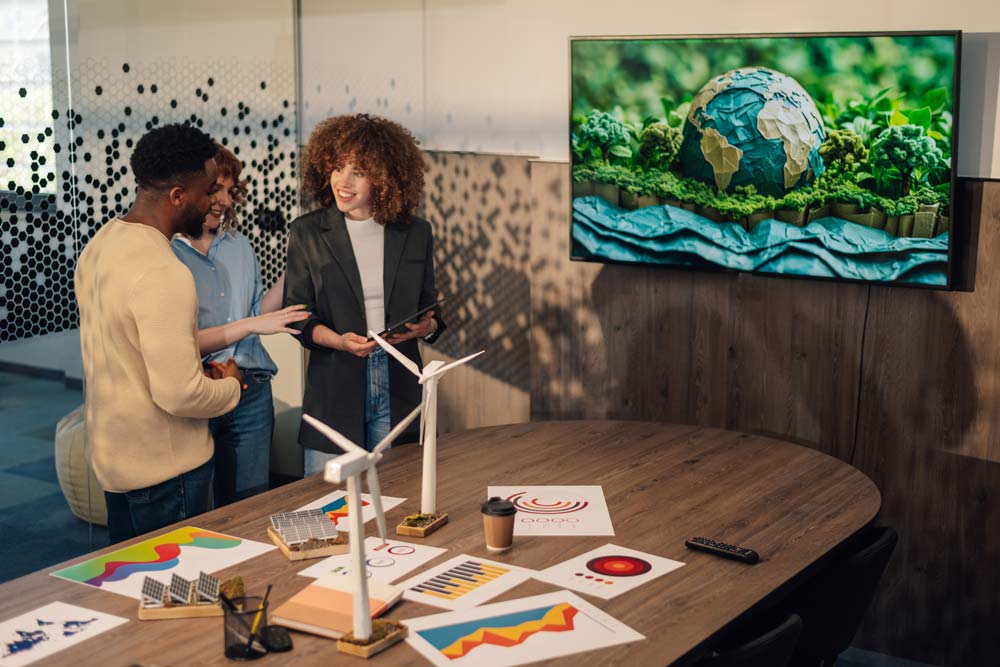Introduction
Urban green spaces, such as parks, gardens, and forested areas within cities, play a pivotal role in promoting environmental sustainability. As urbanisation continues to expand, the need for sustainable environments that balance human activity with ecological health becomes increasingly critical. This essay explores how urban green spaces contribute to sustainability by examining three key areas: their environmental benefits, their capacity to foster stronger communities, and their positive impact on mental health. Through a detailed analysis supported by academic evidence, the essay argues that these spaces are essential for creating resilient and liveable urban landscapes. Each section will highlight specific contributions, acknowledging potential limitations while situating the discussion within the broader context of sustainability studies.
Environmental Benefits of Urban Green Spaces
One of the most significant contributions of urban green spaces lies in their direct environmental benefits. These areas mitigate the urban heat island effect by providing shade and cooling through evapotranspiration, thereby reducing energy consumption for cooling in nearby buildings (Bowler et al., 2010). Moreover, green spaces act as carbon sinks, absorbing CO2 and other pollutants, which improves air quality in densely populated areas. For instance, trees in urban parks can filter particulate matter, a critical factor in combating respiratory issues in cities. A study by Nowak et al. (2014) estimates that urban trees in the United States alone remove approximately 711,000 metric tons of pollutants annually. However, the scale of these benefits can be limited by the size and maintenance of green spaces, as poorly managed areas may fail to deliver optimal ecological outcomes. Nevertheless, their role in biodiversity conservation—by providing habitats for various species—further underscores their importance to sustainable urban ecosystems.
Building Stronger Communities
Beyond environmental impacts, urban green spaces serve as communal hubs that strengthen social cohesion, an often-overlooked aspect of sustainability. Parks and gardens offer accessible locations for recreation and social interaction, fostering a sense of belonging among diverse urban populations. Research by Peters et al. (2010) highlights that such spaces encourage community engagement by hosting events and activities, which can reduce social isolation. For example, community gardens in UK cities like London have been shown to unite residents around shared goals, such as sustainable food production. Yet, it must be acknowledged that access to these spaces is not always equitable, as socio-economic factors can influence proximity and quality of green areas. Despite this limitation, their potential to build social capital remains a compelling argument for their inclusion in urban planning.
Improving Mental Health and Well-being
Arguably, one of the most profound contributions of urban green spaces is their impact on mental health, a critical component of sustainable living. Exposure to natural environments has been linked to reduced stress, anxiety, and depression. A study by White et al. (2013) found that individuals living near green spaces reported lower levels of psychological distress compared to those in purely built environments. Furthermore, green spaces encourage physical activity, which indirectly enhances mental well-being. For instance, walking or jogging in parks provides a low-cost, accessible means of exercise for urban dwellers. While the precise mechanisms behind these benefits require further research, the evidence suggests a strong correlation between access to nature and improved quality of life, making green spaces indispensable in urban health strategies.
Conclusion
In conclusion, urban green spaces are vital to environmental sustainability through their multifaceted contributions. They offer measurable environmental benefits by improving air quality and reducing urban heat, build stronger communities by fostering social connections, and enhance mental health by providing restorative natural settings. While challenges such as unequal access and maintenance issues persist, the evidence overwhelmingly supports their integration into urban planning. The implications of this are clear: policymakers and city planners must prioritise the development and preservation of green spaces to ensure sustainable urban futures. Indeed, as cities grow, these areas will remain essential for balancing ecological health with human needs, underscoring their indispensable role in sustainable development.
References
- Bowler, D.E., Buyung-Ali, L., Knight, T.M. and Pullin, A.S. (2010) Urban greening to cool towns and cities: A systematic review of the empirical evidence. Landscape and Urban Planning, 97(3), pp. 147-155.
- Nowak, D.J., Crane, D.E., Stevens, J.C., Hoehn, R.E., Walton, J.T. and Bond, J. (2014) A ground-based method of assessing urban forest structure and ecosystem services. Arboriculture & Urban Forestry, 40(5), pp. 267-279.
- Peters, K., Elands, B. and Buijs, A. (2010) Social interactions in urban parks: Stimulating social cohesion? Urban Forestry & Urban Greening, 9(2), pp. 93-100.
- White, M.P., Alcock, I., Wheeler, B.W. and Depledge, M.H. (2013) Would you be happier living in a greener urban area? A fixed-effects analysis of panel data. Psychological Science, 24(6), pp. 920-928.


